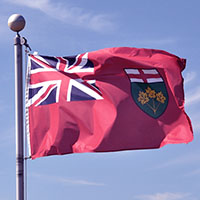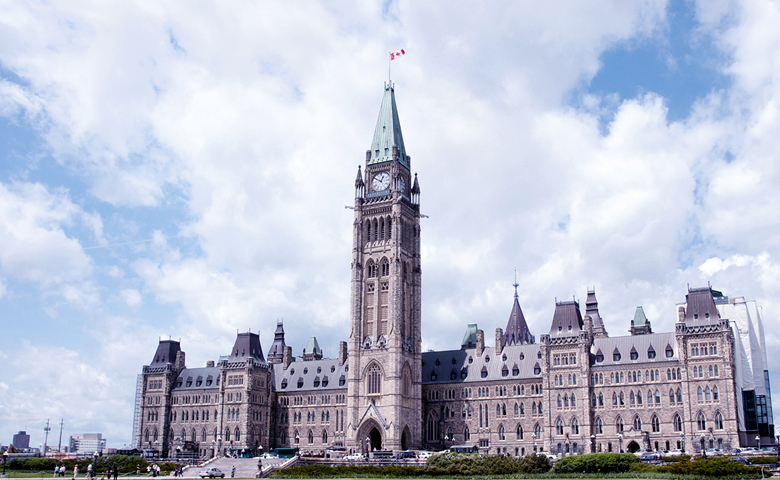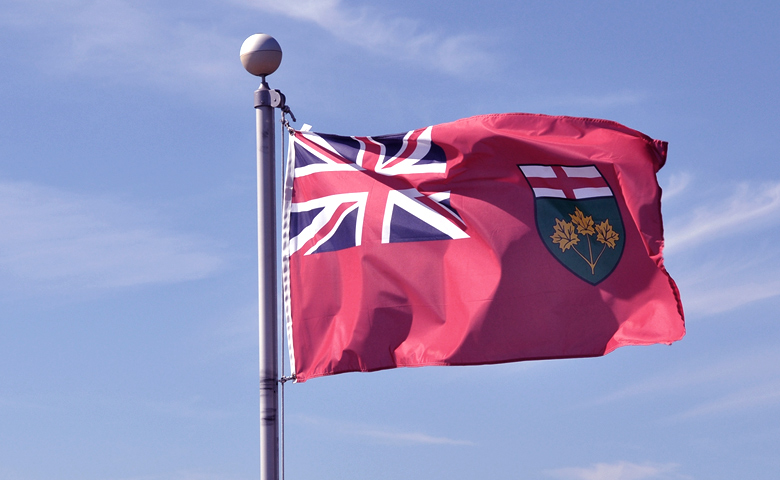On April 11, 2019, Finance Minister Vic Fedeli tabled Ontario’s 2019-20 budget.
This is the first budget for the Progressive Conservative government of Ontario. The Ontario government is projecting deficits until the 2023-24 fiscal year, when a small surplus is projected.
Read our budget summary online.
Your Raymond Chabot Grant Thornton advisor can help you determine the measures that apply to your situation.
You could also like to read
Next article
Manufacturing enterprises are the pillars of the Quebec economy. Over the years, several tax measures have been announced to encourage investments in this sector.
The following is a summary of the principal tax measures that deal more specifically with manufacturing enterprises in 2019.
Read our On-line Tax Strategies bulletin below.
Next article
The Grant Thornton International IFRS team has published Insights into IFRS 16 – Lease payments.
The bulletin Insights into IFRS 16 – Lease Payments provides guidance on how to determine which lease payments to include in the measurement of the lease liability when accounting for a lease under IFRS 16.
The issue
IFRS 16 requires a lessee to measure the lease liability at the present value of the lease payments that are not paid at that date. This liability includes both fixed lease payments (including in-substance fixed payments) and variable lease payments that depend on an index or rate, and it represents the starting point for the measurement of the related right-of-use asset.
Deciding which payments need to be recognized in the measurement of the liability and how changes in those payments are recognized often involves considerable judgment. The bulletin Insights into IFRS 16 – Lease payments aims to help you with this judgment.
Download the bulletin below.
Next article
On March 19, 2019, Finance Minister Ernie L. Steeves tabled New Brunswick’s 2019-20 budget. The budget projects a $23.1 million surplus in 2019-20 and sees the province’s net debt decrease for the first time in 13 years.
The net debt is currently estimated at $14.1 billion, and is expected to decline by $49 million in 2019-20.
The estimates provided in Budget 2019 show that the province projects a surplus of $4.5 million for the 2018-19 fiscal year, rather than the $188.7 million deficit projected for the same fiscal year in the previous budget.
Tax measures
No changes to the corporate tax rates, or the $500,000 small business limit, are proposed.
Rejecting federal measures on small business limit
The budget indicates that the government will maintain the current rules for the New Brunswick small business corporate income tax rate and will not parallel the federal measures around passive income, which phase out access to the small business tax rate. This makes New Brunswick the second province to deviate from the federal government on these rules, after Ontario.
The rejection of this federal rule at the provincial level means that the small business limit in New Brunswick ($500,000) will not be reduced by any passive investment income earned in the corporation. Therefore, if passive income is high enough to fully eliminate the small business deduction at the federal level, it would result in a 15% federal corporate rate; however, the provincial tax rate would be unaffected and would remain at 2.5%. Overall, this would result in a combined tax rate of 17.5%.
The province has announced, as part of this budget, that it will be paralleling the federal capital cost allowance incentives that were introduced as part of the Fall Economic Statement.
These changes will allow businesses to increase the capital cost allowance deduction that is available in the year of purchase for certain capital expenditures, thereby decreasing taxes payable.
Personal income tax rates
New Brunswick’s personal tax brackets are indexed to inflation on an annual basis. Budget 2019 proposes no further changes to the personal tax brackets and rates.
Harmonized sales tax
Budget 2019 proposes no changes to the current 15% HST rate, which is composed of a federal component of 5% and a provincial component of 10%.
Consult our document below for more details.






